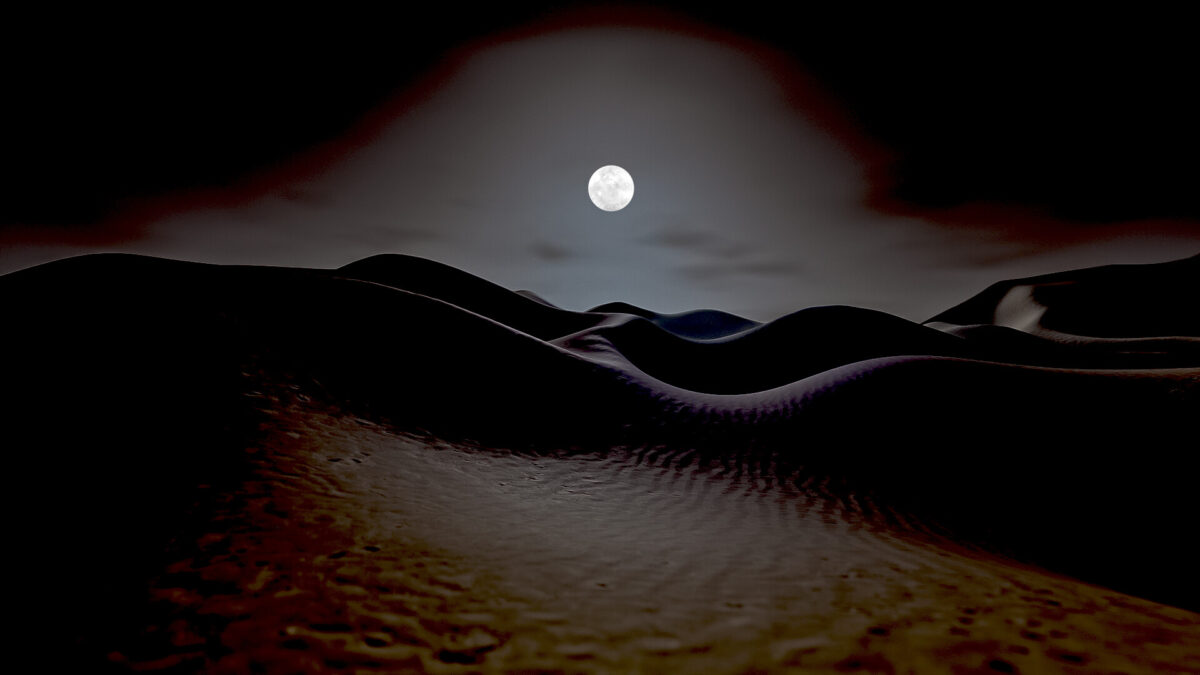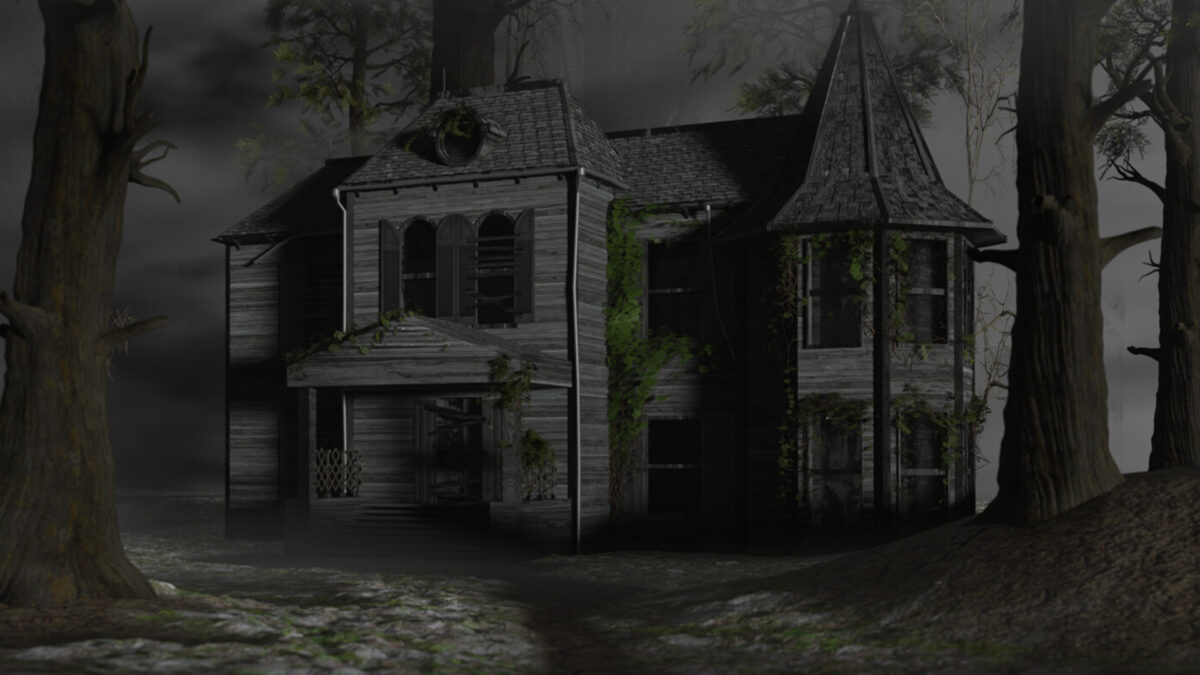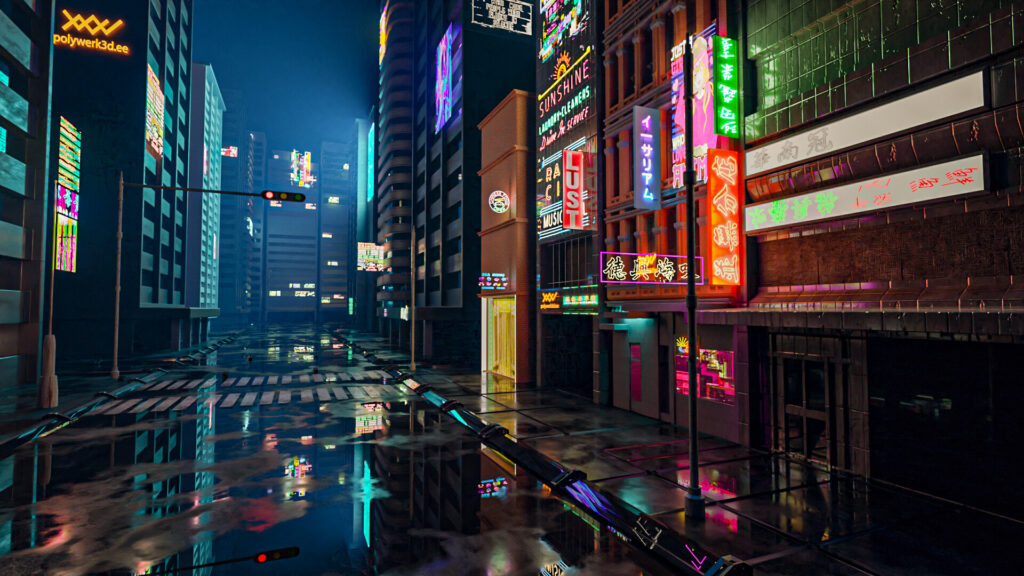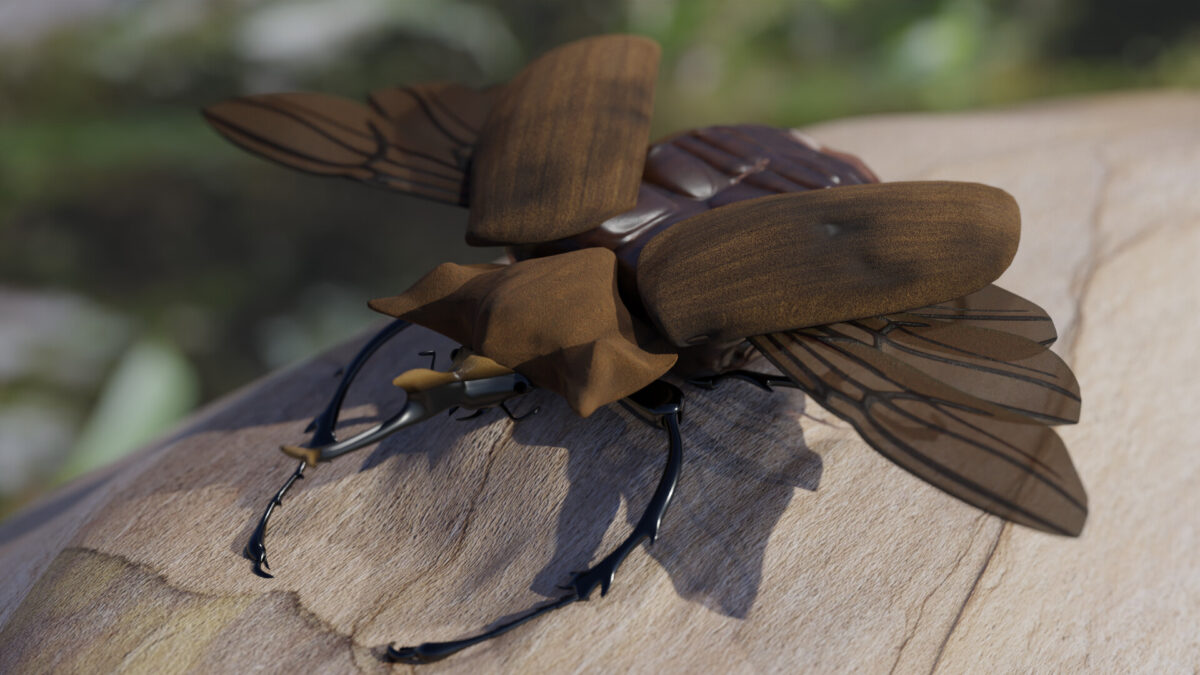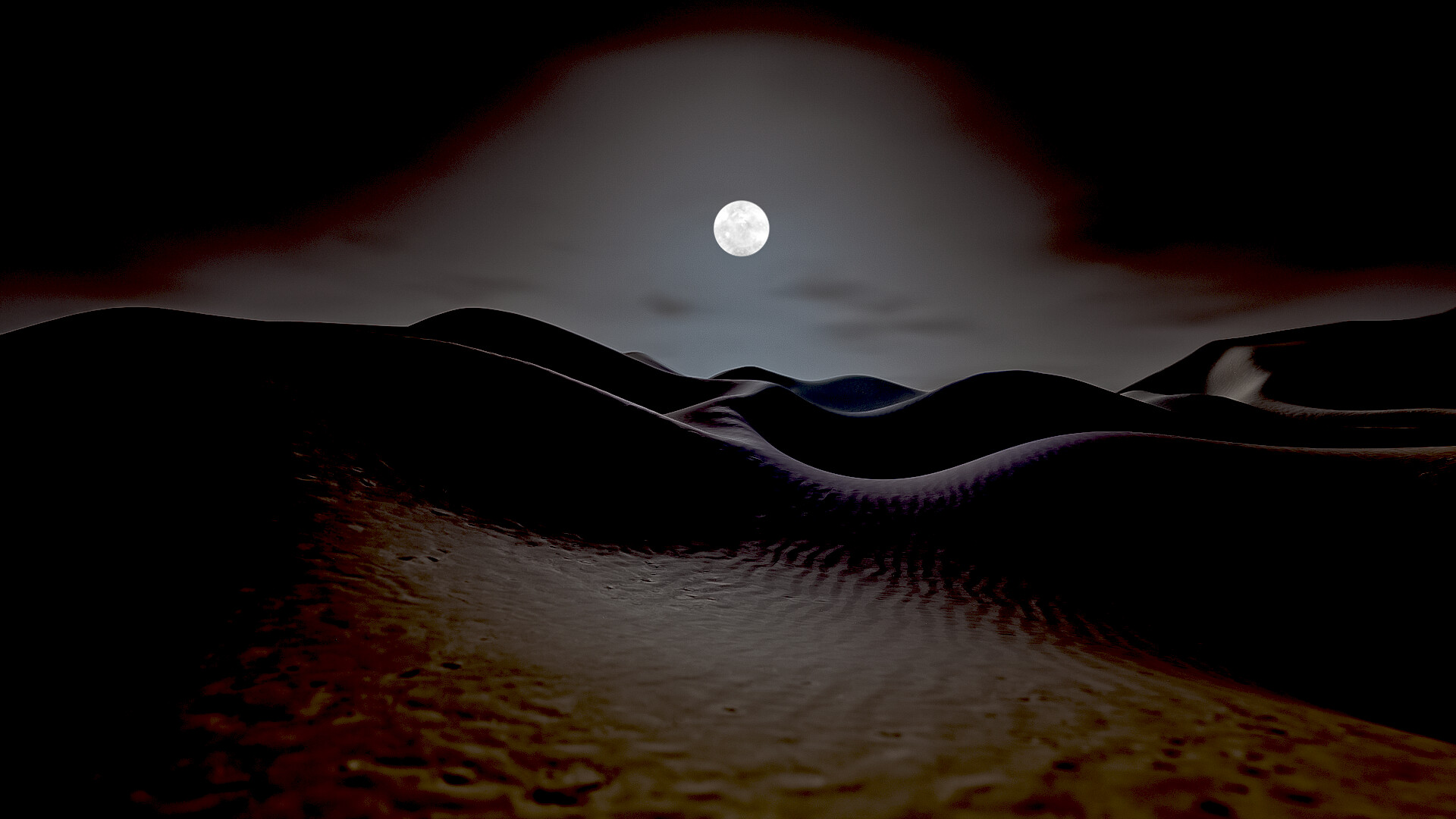
Dreamscapes: Surreal Worlds in 3D
In the vast panorama of art and technology, a fusion is taking place – a marriage of imagination and digital prowess that is birthing landscapes of wonder, often termed as “Dreamscapes”. These surreal worlds in 3D, rendered to perfection using tools like Blender, transcend the boundaries of reality, plunging us into realms where the laws of physics bow to the whims of creativity. However, as ethereal as these landscapes appear, they remain mostly hidden, explored by only a handful, despite their transformative potential in arenas such as virtual-reality gaming.
The Veiled Vistas of Digital Wonderland
It’s a curious irony. We live in an age of information overload, where countless bytes of data circulate the internet every second. Yet, a vast majority of the dreamscapes designed in 3D remain unseen, locked away in private drives or scattered in obscure corners of the web. Platforms like ArtStation or DeviantArt offer glimpses, but the full breadth and depth of these masterpieces remain uncharted territory for most.
Crafted meticulously in Blender, a premier 3D software known for its comprehensive suite of tools, these designs represent countless hours of work. Each pixel is infused with intention, each texture woven with narrative, and every light source meticulously positioned to cast the right mood.
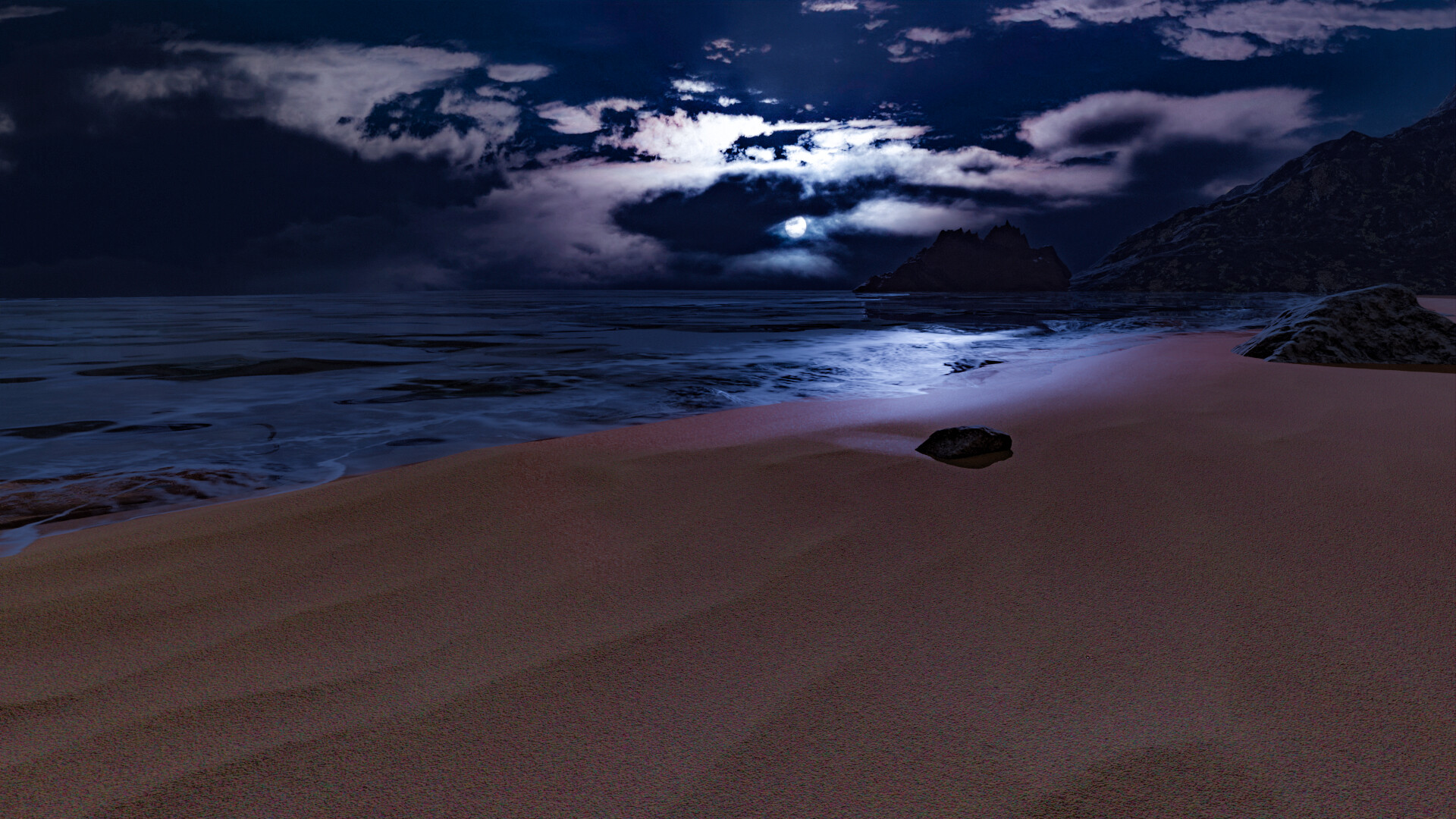
Virtual Reality Gaming: A New Frontier
Beyond their aesthetic allure, these dreamscapes offer vast potential for the realm of virtual-reality (VR) gaming. Imagine donning a VR headset and not just observing, but immersing oneself in a landscape where waterfalls flow upwards, where forests glow, and where floating islands drift lazily in a cerulean sky. The gameplay possibilities in such environments are limitless, offering experiences that are not just about challenges or achievements, but also about exploration, wonder, and sheer experiential delight.
Given the rapid advancements in VR technology, gaming companies could collaborate with 3D artists, leveraging their surreal designs to create truly unique gaming experiences. Games could revolve around exploration, puzzle-solving, or even narrative-driven adventures that unfold in these enchanting terrains.
The Speed of the Digital Dream
The pace at which 3D world design is progressing is breathtaking. Every year, software like Blender introduces new tools and refinements, making it easier for artists to translate their wildest imaginings into digital realities. Combined with the swift advancements in VR headset technology and hardware capabilities, we’re approaching a renaissance in how we consume and experience digital content.
However, with every leap forward, there comes a shadow of concern. As these virtual realms become more lifelike, immersive, and captivating, there’s a lurking danger of individuals becoming ensnared in digital fantasies. The allure of a dreamscape, where one can fly, conjure, or transform, might seem far more appealing than the humdrum of daily life.
.
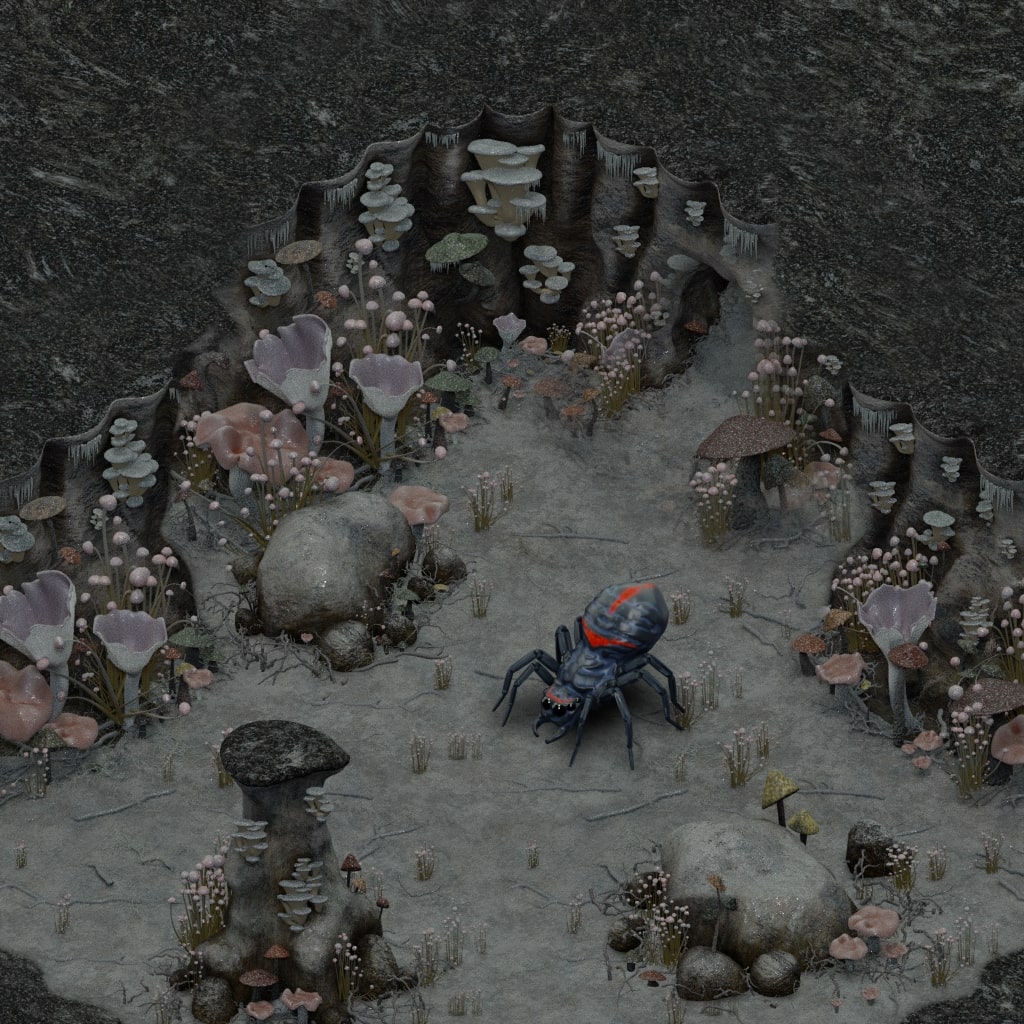
The Double-Edged Sword of Virtual Escapism
The implications are profound. While on one hand, VR offers therapeutic possibilities – think of guided relaxation in a serene dreamscape or exposure therapy in controlled environments – there’s also the risk of people ‘unplugging’ from reality. The world witnessed the tip of this iceberg with the advent of massively multiplayer online games, where players often sacrificed real-world interactions, responsibilities, or even health, to dwell in their virtual avatars.
With dreamscapes in 3D, especially when combined with the immersion of VR, this detachment could intensify. Societies might grapple with challenges like Virtual Reality Dependency, where individuals prefer the dopamine rush of the digital dream over the tangible, often gritty, reality.
In Conclusion
The realm of 3D design, especially with dreamscapes, stands at an exhilarating crossroads. The vistas of possibility stretch far and wide, promising experiences that our ancestors could only dream of. Yet, as with all potent tools, there’s a pressing need for ethical, balanced usage.
As we stand at the cusp of this digital dawn, it’s paramount to remember that while dreamscapes offer a tantalizing escape, they should complement, not replace, the textured tapestry of real-life experiences. After all, the most profound magic often lies in balancing the ethereal with the earthly, the dream with the waking reality.
